6.2.2.2. Translational
A translational joint allows one part to translate along a vector in respect of another part. The parts can only translate, not rotate, in respect of each other. This joint has one translational degree of freedom, and the rotational degree of freedom is 0. An axis of the translation is the z-axis. When the user creates a translational joint, the user specifies its location and orientation. The location of a translational joint does not affect the motion of the joint. The orientation of the translational joint, however, decides the direction of the axis along which the parts can slide in respect of each other. The direction of the motion of the translational joint is parallel to the orientation vector and passes through the location.
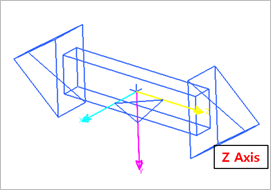
Figure 6.149 Translational Joint icon on Working Window
6.2.2.2.1. Modeling Options
The user can create a joint entity as follows.
Point, Direction
Point: Selects a point on two bodies to define the location of the translational joint.
Direction: Defines the direction of the axis of the translational joint. If the user clicks a point, the z-axis defined by two points becomes the axis of the translational joint.
Body, Body, Point, Direction
Body: Selects a base body of translational joint.
Body: Selects an action body of translational joint.
Point: Selects a point to define the location of the translational joint.
Direction: Defines the direction of the axis of the translational joint. If the user clicks a point, the z-axis defined by two points becomes the axis of the translational joint.
6.2.2.2.2. Properties
The user can define motion, initial conditions, and friction force using the Joint page.
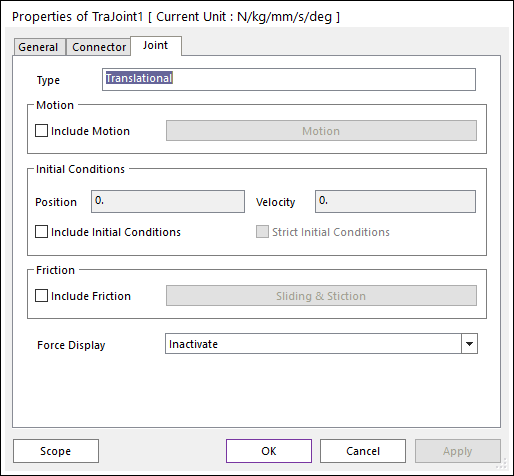
Figure 6.150 TraJoint property page [Joint page]
Motion: Defines the motion of the translational joint. Refer to Motion.
Initial conditions
Include Initial Conditions: If checked, enables the user-specified initial conditions (position and velocity).
Position: The initial signed distance from the joint’s base marker to the action marker, specified in Length units. The distance is positive if the vector V (see Fig. 2) points in the same direction as the z-axis of either marker. Note that the z axes of the markers are parallel after position pre-analysis is completed.
Velocity: The initial relative translational velocity between the two bodies, specified in units Length/Time. The positive direction is identical to the positive Position direction.
Strict Initial Conditions: Indicates that the initial condition settings should be strictly enforced. See Common UI Joint for more details.
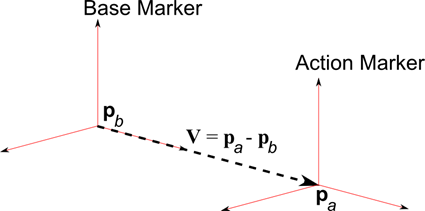
Figure 6.151 The direction of the positive initial position for a translational joint
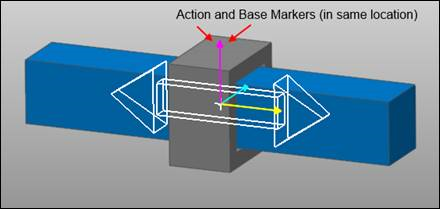
Figure 6.152 A translational joint with a Position Initial Condition of 0

Figure 6.153 The Initial Conditions for Fig. 3a
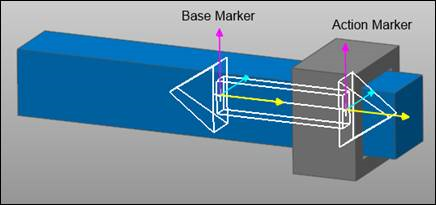
Figure 6.154 A translational joint with a Position Initial Condition of 200

Figure 6.155 The Initial Conditions for Fig. 4a
Include Friction: If this option is checked, the user can define the friction type of translational joint.
Force Display: Displays the resultant force vector graphically on Working Window.
6.2.2.2.2.1. Joint Friction
This defines the friction force which contains the stiction algorithm on the translational joint. Include Friction option in Joint property page must be checked.
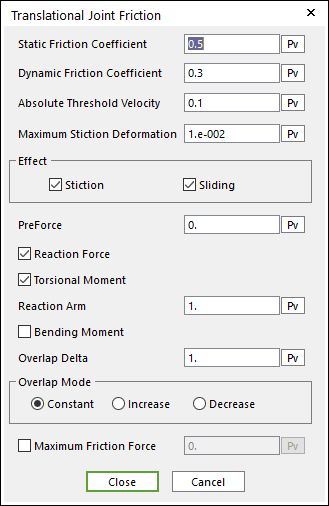
Figure 6.156 Translational Joint Friction dialog box
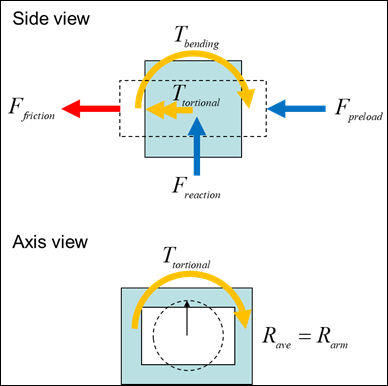
Figure 6.157 Configuration of Sliding and Stiction Friction Force on Translational Joint
The frictional torque is calculated according to the following equation:
\({{F}_{friction}}=\mu ({{F}_{reaction}}+(1/{{R}_{arm}}){{T}_{torsional}}+(1/{{X}_{s}}){{T}_{bending}}+(1/{{\mu }_{s}}){{F}_{preload}})\)
- where,
- \({{X}_{s}}={{X}_{s0}}\) (Constant)\({{X}_{s}}={{X}_{s0}}+{{d}_{ij}}\) (Increase)\({{X}_{s}}={{X}_{s0}}-{{d}_{ij}}\) (Decrease)\({{d}_{ij}}\) : Distance between \(i\) marker and \(j\) marker
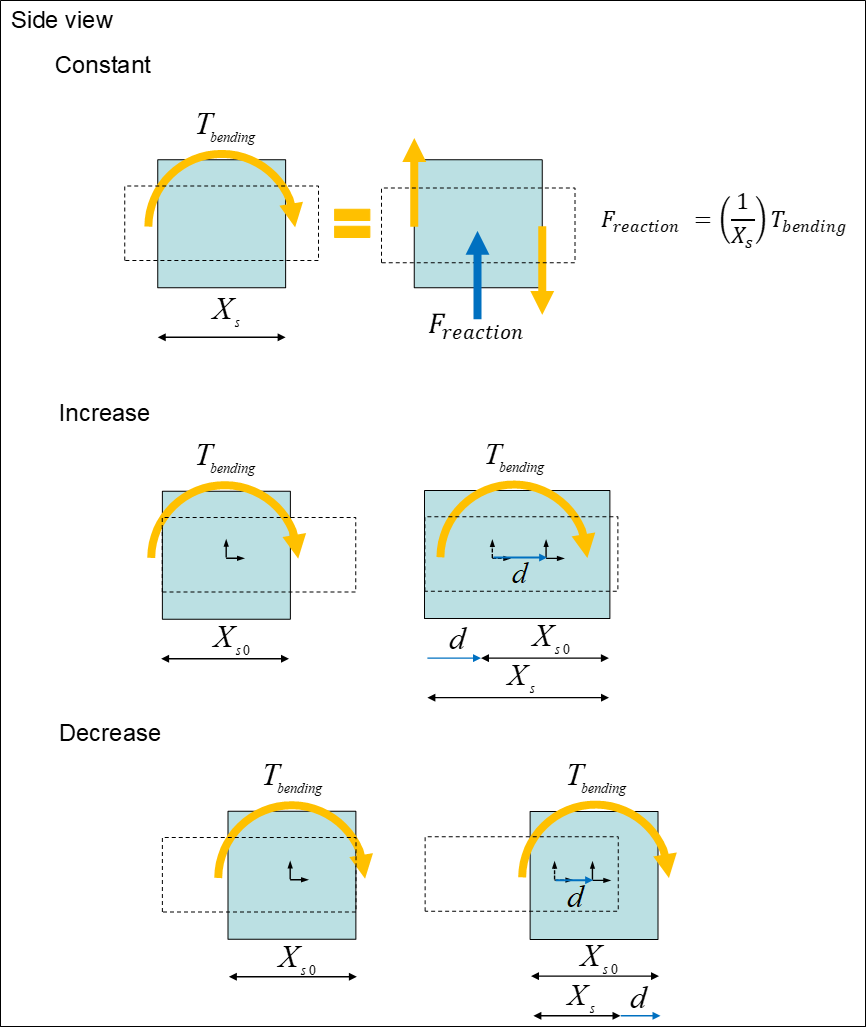
Figure 6.158 Detail of Overlap Mode and Delta
Where, the inputs into the equation are defined in the following table:
Current Friction Coefficient |
\(\mu\) |
The coefficient of friction calculated during the simulation is a function of the relative velocity between body surfaces. |
Static Friction Coefficient |
\({{\mu }_{s}}\) |
The coefficient of friction is zero at a zero velocity, but it smoothly transitions to the static coefficient of friction at Absolute Threshold Velocity (\(\Delta v\)). |
Effect |
Checks Stiction or Sliding
\({{\mu }^{sliding\text{ }only}}=-{{\mu }_{v}},\text{ }{{\mu }_{v}}^{\max }={{\mu }_{d}}\)
\({{\mu }^{stiction\text{ }only}}=-\left( 1-\beta \right){{\mu }_{\delta }}-{{\mu }_{v}},\text{ }{{\mu }_{v}}^{\max }={{\mu }_{s}}\)
For more information, click here.
|
|
Pre Force |
\({{F}_{preload}}\) |
A constant frictional force that acts during the entire simulation. |
Reaction Force |
\({{F}_{reaction}}\) |
The force in the joint calculated during the simulation in the direction normal to the translational axis. |
Torsional Moment |
\({{T}_{torsional}}\) |
The calculated torque in the joint about the rotational axis. |
Reaction Arm |
\({{R}_{arm}}\) |
The average distance or radius from the translational axis. |
Bending Moment |
\({{T}_{bending}}\) |
The calculated torque that acts at right angles to the translational axis. |
Overlap Delta |
\({{X}_{s0}}\) |
A distance that starts at a nominal value and increases according to the translation of the action body with respect to the base body. |
Overlap Mode |
Selects Constant, Increase, or Decrease. |
|
Maximum Friction Force |
\({{F}_{\max }}\) |
Collisions during contact as well as transitions during sliding forces can result in force spikes. High frictional forces can result from these spikes. This option allows a maximum friction force to be defined that should correspond to the maximum expected steady-state force. |